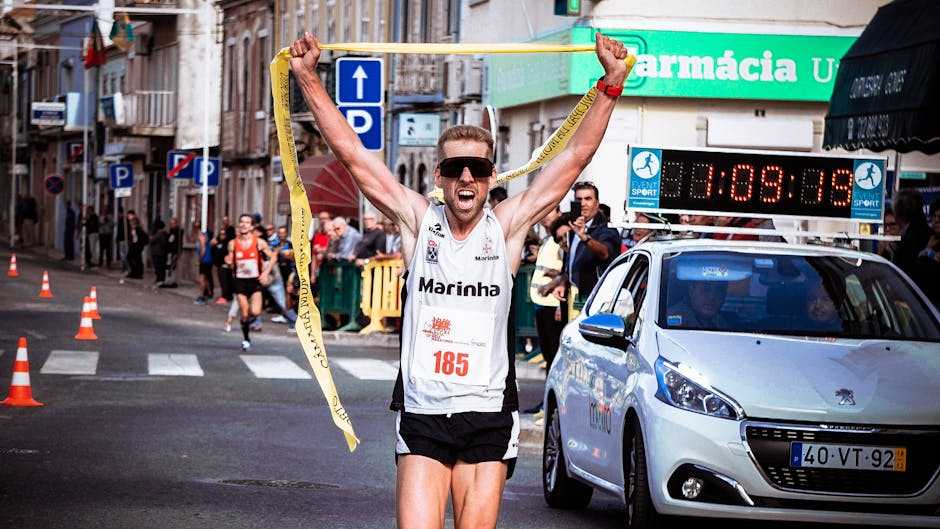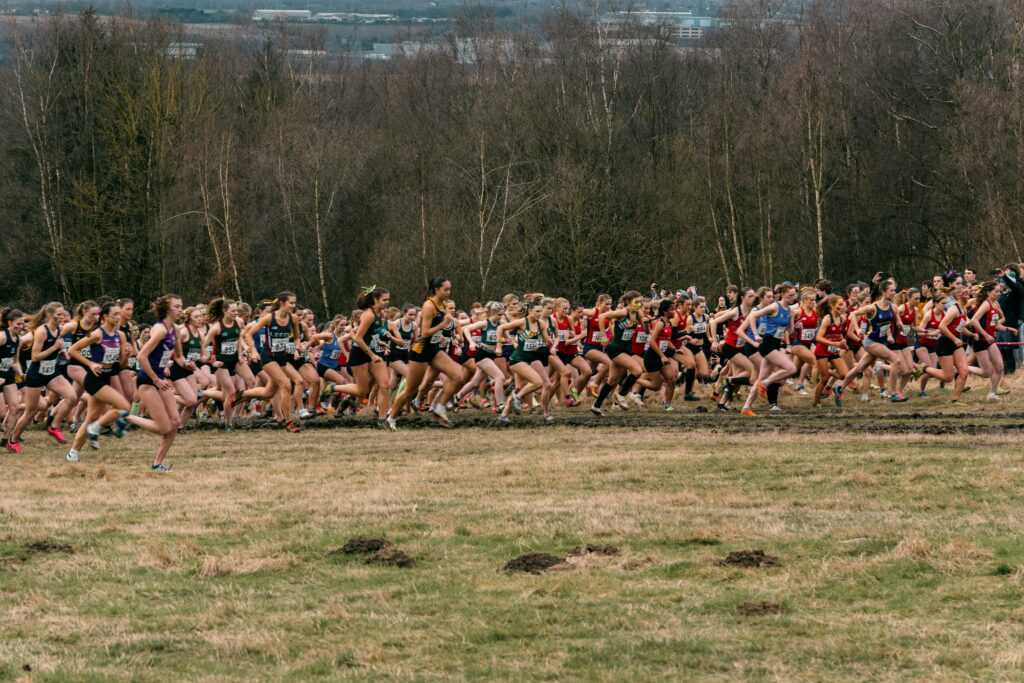Introduction
Horse racing has changed a lot over time, especially when it comes to the gear riders use. Jockey goggles are a really important part of this gear. They’ve gone from simple eye covers to high-tech equipment that keeps riders safe and helps them do their best. As jockey goggles have gotten better, it shows how the sport cares about protecting its athletes while also helping them compete at the highest level. Let’s look at how these goggles have changed and why they’re so important.
Key Safety Features of Modern Jockey Goggles
- Impact-resistant polycarbonate lenses
- UV protection filters
- Anti-fog coatings
- Shatterproof design
- Secure, adjustable straps
- Wide peripheral vision
- Tear-off lens systems for muddy conditions
- Compatibility with racing helmets
- Aerodynamic design
- Lightweight materials for extended comfort
The Historical Context of Jockey Gear
Early Days of Horse Racing Equipment
In the early 1900s, jockeys didn’t have much protective gear. They often raced without anything to protect their eyes. This meant they could get hurt by things flying up from the track or have trouble seeing in bad weather. It was dangerous and could make it hard for them to ride well. Back then, people didn’t know as much about safety in sports, and they didn’t have the technology to make good protective gear.
Emergence of Eye Protection in Racing
As races got faster and tracks got better, people realized jockeys needed to protect their eyes. In the 1920s, the first simple goggles showed up. They were like the ones factory workers used. These goggles helped keep dust and wind out of jockeys’ eyes. At first, many jockeys didn’t want to wear them. But soon, they saw how helpful the goggles were, especially when it was windy or dusty. This was a big step in making horse racing safer for the riders.
Milestones in the Development of Jockey Goggles
Material Innovations Over Time
Jockey goggles have changed a lot over the years. The first ones had glass lenses, which were heavy and could break easily. In the 1970s, they started using polycarbonate lenses. These were much better because they were light and wouldn’t shatter. This was really important for keeping jockeys safe from eye injuries. The lighter goggles also made it easier for jockeys to focus during long races. Since then, lens materials have gotten even better, with improvements in clarity and protection from the sun.
Frame and Fit Improvements
The frames of jockey goggles have also gotten much better. Now, they’re shaped to fit the face better and cut through the air more easily. Modern goggles have straps you can adjust and frames that bend to fit different face shapes. This means they stay on better, even when the horse is running really fast. The new materials used for frames are both tough and flexible. Some even have special vents to stop them from fogging up. All these changes make the goggles more comfortable and help jockeys see better during races.
Lens Technology Evolution
Today’s jockey goggles have some really cool features. They have special coatings that stop them from fogging up, layers you can peel off if they get muddy, and filters that protect against harmful sun rays. These improvements help jockeys see clearly in all kinds of racing conditions. Some lenses even change color in different light, so jockeys can use the same goggles for day and night races. There are also lenses that make it easier to see in the dark, which is great for night races.
Integration with Modern Horse Racing Gear
Jockey goggles now work well with other racing equipment like helmets and uniforms. Designers think about how all the gear fits together to make sure jockeys are safe and can perform their best. This means the goggles are made to fit perfectly with racing helmets and work well with things like communication devices that jockeys might use during a race.
Helmet Compatibility
Modern jockey goggles are made to fit well with racing helmets. The straps and shapes of the goggles are designed to work with different helmet styles. This makes sure that jockeys can see clearly and still have good head protection. Some goggles and helmets are made to fit together in a way that cuts through the air better, which can help jockeys go faster. There are even goggles that can be quickly taken off or adjusted without removing the helmet, which is really useful if the weather changes during a race.
Synchronizing With Apparel and Safety Standards
As jockey uniforms have become more streamlined, goggles have changed to match. They’re now lightweight and fit well with the sleek outfits jockeys wear, but they still meet strict safety rules. These rules have made goggle makers come up with new ideas to make their products even safer and better. The goggles are also designed to work well with other safety gear like protective vests. This means that all of a jockey’s equipment works together to keep them as safe as possible during a race.
Specialized Goggles for Different Race Conditions
Daylight Racing vs. Night Races
Jockeys need different kinds of goggles for races at different times of day. For daytime races, they use goggles with tinted lenses that cut down on glare from the sun. This helps them see the track better. For night races, they use clear lenses that make it easier to see in the dark. Some goggles even have lenses that change automatically depending on how bright it is. This is really helpful for races that start in the daytime and end at night. The best night racing goggles can actually make things look brighter without changing colors, which helps jockeys judge distances better in the dark.
Weather Adaptations
Racing in different weather conditions can be tricky, but modern goggles are made to handle it. For rainy or muddy races, some goggles have special layers that jockeys can quickly peel off to keep their vision clear. There are also goggles with coatings that make water roll right off, so rain doesn’t block the jockey’s view. Some even have tiny wipers or rollers on the frame to clear water away. For really cold weather, there are goggles with heating elements or double layers to stop them from fogging up or getting icy. All these special features help jockeys see clearly no matter what the weather is like, which makes races safer and more competitive.
Visibility, Safety, and Performance
Enhanced Peripheral Vision
One of the biggest improvements in jockey goggles is how much more jockeys can see while wearing them. Modern goggles let jockeys see much more to the sides without any distortion. This is really important because it helps them navigate through tight groups of horses and make quick decisions during races. Some of the best goggles now let jockeys see almost 180 degrees around them, which is way better than old designs. This wider view not only makes racing safer but also helps jockeys race better by letting them see more of what’s happening around them.
Safety Ratings and Testing
Jockey goggles now have to pass tough tests to make sure they’re safe. These tests check things like how well the goggles can handle impacts and if they’ll stay strong in different weather conditions. Some places even require goggles to have special safety certifications before they can be used in official races. All this testing and these safety standards have pushed companies to keep making their goggles better and safer. The result is that today’s jockey goggles offer really good protection while still being comfortable to wear.
Psychological Impact on Performance
Having better goggles doesn’t just protect jockeys’ eyes – it also helps them feel more confident when they’re racing. When jockeys know they can see clearly and their eyes are protected, they can focus more on their racing strategy. This confidence can help them perform better, especially in the most important parts of a race. Jockeys have said that with advanced goggles, they can see the track surface better and judge distances more accurately. This helps them make better decisions during races. Also, because modern goggles are more comfortable, jockeys can stay focused for longer without getting tired or distracted by their equipment.
The Future of Jockey Eyewear
Smart Goggles and Embedded Tech
In the future, jockey goggles might have some really cool technology built into them. Imagine goggles that could show jockeys information like their speed or position in the race, right in front of their eyes. While these aren’t used in real races yet, they could be great for training. Some ideas for future goggles include GPS tracking to help jockeys know exactly where they are on the track, and sensors that could monitor things like the jockey’s heart rate. In training, these high-tech goggles could use augmented reality to help jockeys practice racing strategies. While using this kind of technology in actual races would need careful consideration to make sure it’s fair, it could really help make racing safer and help jockeys perform even better.
Sustainability and Eco-Friendly Design
As people become more concerned about the environment, future jockey goggles might be made in ways that are better for the planet. This could mean using recycled materials or making goggles that last longer so they don’t need to be replaced as often. Some companies are looking at using plastics made from plants instead of oil, or even using plastic collected from the ocean to make goggle frames. There are also ideas about how to make the packaging for goggles more environmentally friendly, and some people are thinking about setting up programs to recycle old goggles. All these efforts are not just good for the environment – they also match what many people want when they buy sports equipment nowadays.
Conclusion
Jockey goggles have come a long way from simple eye protectors to high-tech gear. They’re now a crucial part of a jockey’s equipment, helping to keep riders safe and improve their performance. As technology keeps advancing, we can expect to see even more improvements in jockey goggles. These changes will continue to make horse racing safer and help jockeys do their best in this exciting sport.
The way jockey goggles have developed shows how the sport of horse racing keeps trying to get better. It’s not just about protecting eyes anymore – it’s about making the whole racing experience better for everyone involved. As we look to the future, jockey goggles will likely keep changing and improving, helping to push horse racing forward while still respecting its long history and traditions.


